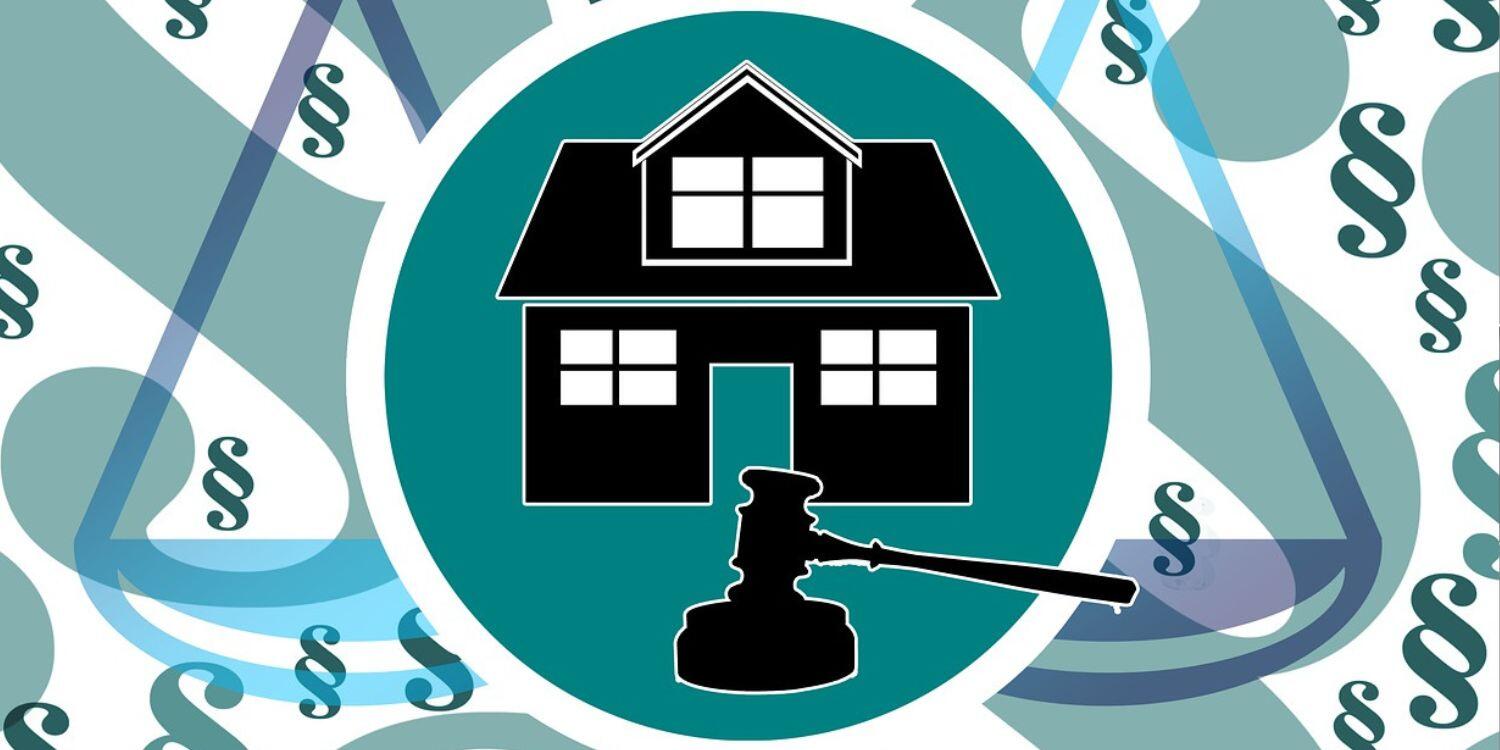We know the market is cooling rapidly. With an increase in mortgage rates and inventory reduction, many potential buyers are holding off on making one of the biggest purchases they will ever make during their lives. Yet, many people already took the plunge during the transition from hot to cold. As a result, a top question right now in the industry is “Will foreclosures increase in 2023?” The answer, according to Black Knight, a mortgage software provider, is an emphatic “Yes.”
The High Price of a Place to Call Home
The average median home price is currently at a historic high of more than $400,000. Inflation has reached a 40-year high. The Federal Reserve’s actions to counter inflation made 30-year fixed mortgage interest rates 6.29% for the first time since 2008 in September 2022. In some cases, borrowers faced mortgage payments as much as 70% higher than the same time the previous year when rates were still well below 3%. Some new homeowners now face monthly payments of $2,000 or more.
Although home prices in 2023 are expected to drop by 20% with sellers reducing their asking prices, sellers face a nightmare scenario in which they might not be able to find a new home at a reasonable price and all buyers face higher long-term costs. The mortgage-rate surge has placed many new 2022 homeowners underwater.
Per a Black Knight report in early December, 8% of all homeowners who took out mortgages in 2022, approximately 250,000 or one out of every 12 homes, can no longer claim that their homes are worth more than the cost of their mortgages. Another 10% or approximately 1 million buyers, nearly 40% with FHA/VA loans, can’t claim that they have at least 10% equity. Although these underwater numbers are still lower than historic highs, they point to a worrisome trend for 2023.
Low-Income Buyers Hit the Hardest
This question of “will foreclosures increase in 2023?” isn’t really a question at this point. In 2022, the number of borrowers underwater in October tripled when compared to previous periods with high home prices, poor inventory, low-income buyers, government-backed mortgages and low downpayments the most common factors. Many borrowers with 2022 mortgages have already become delinquent.
Changes with the economy and inflation make it harder for everyone to pay off their debts. The borrowers with high debt-to-income ratios have greater difficulty making timely payments or keeping up with payments at all. When the value of their homes plummet, they also have difficulty refinancing and obtaining the buffer needed to get them through lean times. As a result, they’re often the first borrowers to become delinquent.
To offset inflation in 2023, the Federal Reserve will undoubtedly increase rates, which means that more homes will lose value and more borrowers with high debt-to-income ratios won’t be able to make their mortgage payments. The sadly inevitable answer to the question of “will foreclosures increase in 2023?” with this type of scenario will always be “Yes.”

